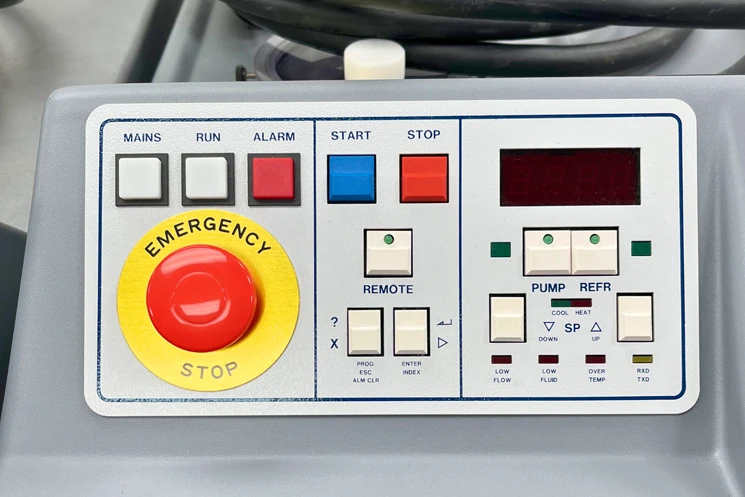What is Embossing?
Embossing is a process that creates a raised design on the surface of a material, such as paper, foil, or plastic. This technique is commonly used in label making to add a tactile dimension and a touch of elegance to the final product.
Embossed labels and stickers stand out due to their unique texture and appearance, making them ideal for high-end product packaging, branding, and special occasions.
Benefits of Embossed Labels
Embossed labels offer several advantages:
- Visual Appeal: The raised design adds a premium look and feel, enhancing the product’s overall presentation.
- Tactile Experience: The texture of embossed labels provides a sensory experience, making them memorable.
- Brand Differentiation: Embossed labels help products stand out on the shelves, attracting customer attention.
- Perceived Value: The intricate design and quality of embossed labels suggest a higher product value, which can justify a premium price.
The Embossing Process
Designing for Embossing
The design phase is crucial for creating effective embossed labels. Consider the following when designing:
- Simplicity: Simple designs with clear lines and minimal detail work best for embossing.
- Contrast: Use contrasting elements to make the embossed areas more noticeable.
- Readability: Ensure that any text included in the embossed area remains legible.
Materials and Tools Used
Embossed labels can be made from various materials, each offering different benefits:
- Paper: Common for traditional and elegant designs.
- Foil: Used for foil embossing, adding a metallic shine to the raised areas.
- Plastic: Durable and suitable for products exposed to moisture or chemicals.
Tools required for embossing include:
- Dies: Customized metal plates that create the raised design when pressed into the material.
- Embossing Press: A machine that applies pressure to the die, imprinting the design onto the material.
Steps to Create an Embossed Label
Pre-Press Preparation
Before the embossing process begins, several preparatory steps are necessary:
- Design Approval: Finalize the design, ensuring it meets the embossing criteria.
- Die Creation: Manufacture the embossing die based on the approved design.
- Material Selection: Choose the appropriate material for the labels.
Embossing Techniques
There are different techniques used to create an embossed label:
- Blind Embossing: The design is embossed without any ink or foil, resulting in a subtle, elegant effect.
- Foil Embossing: Combines embossing with foil stamping, adding color and shine to the raised areas.
- Debossing: Similar to embossing, but the design is pressed into the material, creating an indented effect.
FAQs
What Types of Products Commonly Use Embossed Labels?
Embossed labels are versatile and can be used for various products, including:
- Luxury Goods: Perfumes, cosmetics, and high-end beverages.
- Stationery: Wedding invitations, business cards, and letterheads.
- Packaging: Boxes and containers for premium products.
- Branding: Logos and branding elements on promotional materials.
How Durable Are Embossed Labels?
Embossed labels are durable and can withstand regular handling without losing their raised texture. The durability depends on the material used; for example, plastic and foil labels are more resistant to wear and tear compared to paper labels. Proper care and storage can further enhance their longevity.
Can Embossed Labels Be Customized?
Yes, embossed labels can be customized to meet specific needs. Customization options include:
- Design: Unique patterns, logos, and text can be embossed.
- Material: Choose from a variety of materials such as paper, foil, and plastic.
- Color: Combine embossing with colored inks or foils for a distinct look.
Wrapping Up
Embossed labels add a touch of sophistication and elegance to any product, making them an excellent choice for brands looking to enhance their packaging and branding efforts.
Understanding the embossing process, from design to material selection, can help businesses create impactful labels that stand out.



